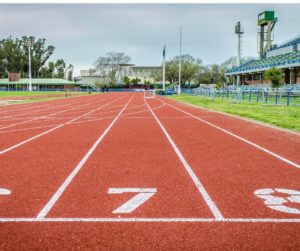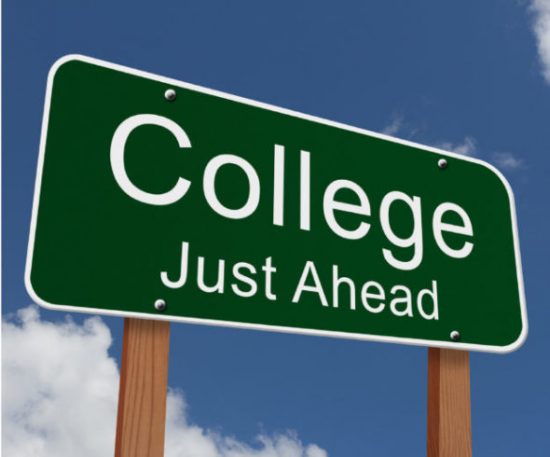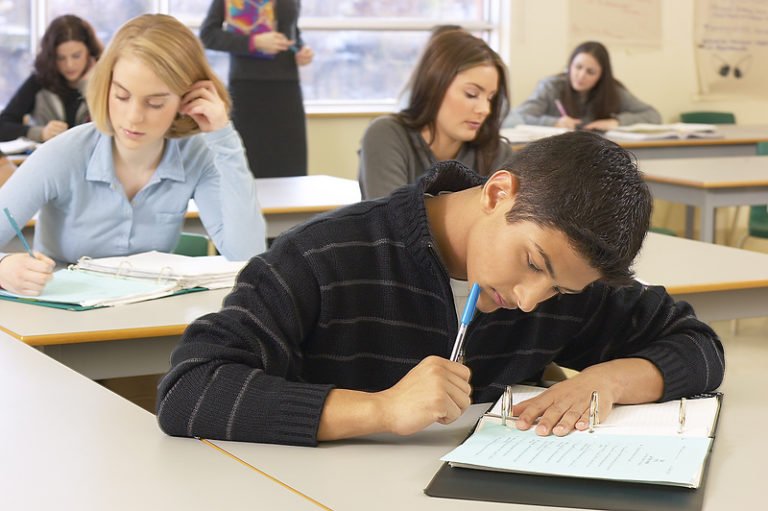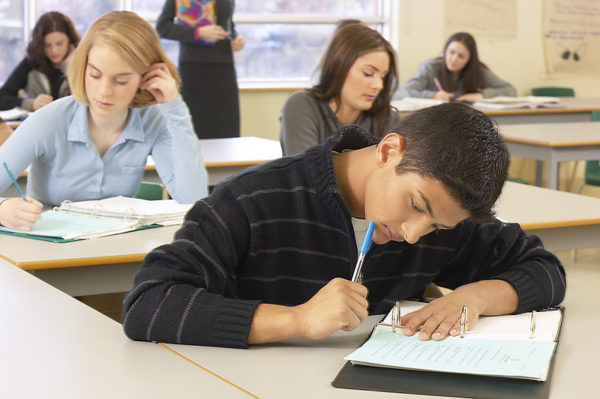The Ivy League Academic Index and Student Athletes
Last Updated on July 2, 2024 by Jill Schwitzgebel
Do you have a student who excels not just in academics, but in athletics, as well? Is your academically talented teen hoping to continue their athletic career in college? Have you found yourselves wondering if just maybe, their athletic talent might give them the edge they need to get into an Ivy league college? Then it’s time to learn about the Ivy league academic index.
What Is It?
For a long time, the Ivy league denied that they used any kind of formula for admission. But, we now know that in 1985, the Council of Ivy League Presidents created an academic index “to monitor the academic qualifications of recruited athletes.” There was some concern about maintaining academic standards for athletes, especially in revenue-generating sports and the index was the solution.
To this day, the formula is kept somewhat secret, but in 2009, a former Ivy league admissions officer, Michele Hernandez, wrote the book A is for Admission, in which she revealed the formula that the colleges used to compute the index. The formula is applied to the individual athlete, as well as to the student body as a whole. The Academic Index (AI) is also then applied to each team, as well as to all recruited athletes on campus. Using the Academic Index ensures that there is close academic compatibility among both admitted athletes and non-athletes in each freshman class – and at every Ivy League school.
How Is the Academic Index Calculated?
We know that the original Ivy league Academic Index included scores in three areas and students could receive up to 80 points in each area.
- Class rank
- SAT combined scores
- Scores from 2 or 3 SAT Subject tests
To receive a perfect score of 240, the student would have to be first in their class, and have a perfect score on each section of the SAT, as well as on their Subject tests. To be considered, we know that typically the minimum score a student would have to receive for admission, is 171.
But, since the AI was instituted, fewer high schools report class rank, and the ACT also has become more prevalent. Recently, the College Board also did away with Subject tests. So it has been modified. Now there are really only two main factors considered:
- Class Rank Conversion (CRC)
- SAT or ACT score
The CRC is actually just a student’s unweighted GPA or converted GPA score. Admissions officers will factor in the rigor of the high school curriculum, as well as the student’s high school profile into the CRC score. The top score remains 240. One website purports to have a calculator which will approximate a student’s likely AI score. Find it here. I wouldn’t completely trust results of any online calculators as more than an approximation though, as there is still some mystery about how AI is completely calculated – for example, how is curriculum rigor weighted? But, do know that though the Ivies stayed test-optional after 2020, they do still require that athletes submit scores from college entrance exams.
How is the Academic Index Actually Used?
As mentioned above, the AI is calculated for the individual athletes, for each team individually, for all teams at the college, and for the entire student body. This is because the Team AI must be within one standard deviation of the entire student body. So, if one athlete is recruited with a low AI score, then the coach will need to offset that by recruiting an athlete with a higher AI, in order to keep the team average up.
But, it goes a step beyond that. The overall AI for all athletes on campus also must be within one standard deviation of the entire student body. This can give the college some flexibility. They could allow a specific sports team to have a slightly lower AI for their recruited athletes, as long as that lower team AI is offset by another team’s higher AI, to keep their athletes overall within the standard deviation.
Since we know that the Ivy league Academic Index is much higher than the average college in the US, assume that their student athletes also will be held to a much higher academic standard in order to be within that one standard deviation from the student body. And, presume that an athlete with a higher AI will be more attractive to coaches. You can look at the strength of each college’s respective accepted applicant pool to estimate the AI of each student body. For instance, it’s been estimated that Harvard, Yale and Princeton have an overall student body AI of about 220, while Penn and Dartmouth may have an academic index closer to 210.
No Letters of Intent
Just like in all NCAA recruiting, coaches and athletes must adhere to a timeline that includes dead periods, quiet periods, etc. However, unlike in college athletic recruiting at other Division 1 colleges, Ivy league schools will not issue their recruited athletes a Letter of Intent, since they do not offer any scholarships for athletics. They may however, send Likely letters to athletes that they hope will commit to attending, to give them a “heads-up” that an offer of admission is coming.
Student athletes should know that Ivy coaches are trying to balance the AI of their team, in addition to balancing the athletic needs for their team. While coaches at all colleges face that challenge to some degree, it’s likely to be a little tougher at this level. The best thing a hopeful Ivy league athlete can do is to continue to excel in the classroom to assure that their AI is as high as possible.







